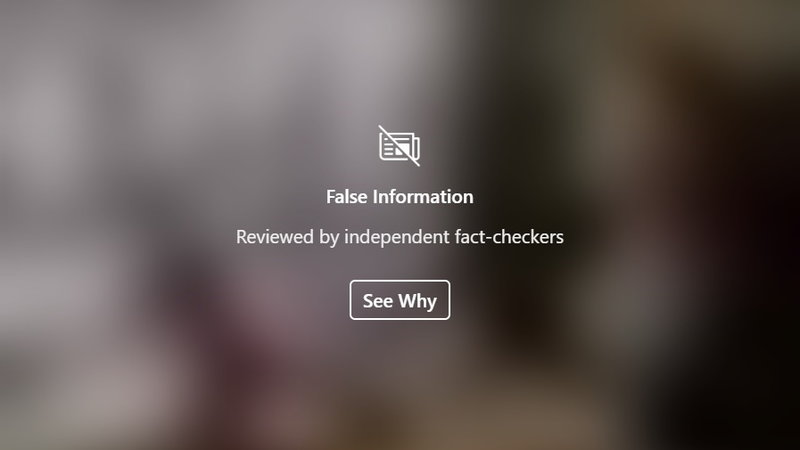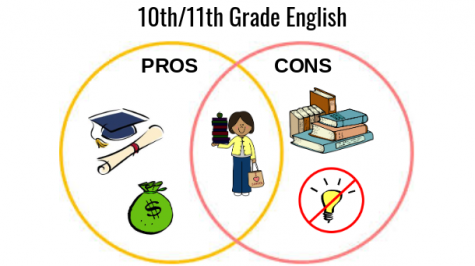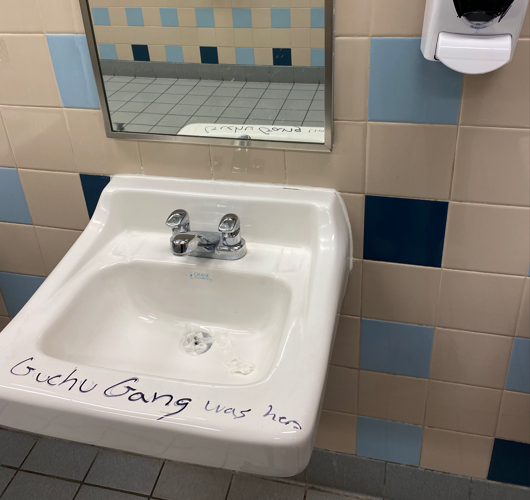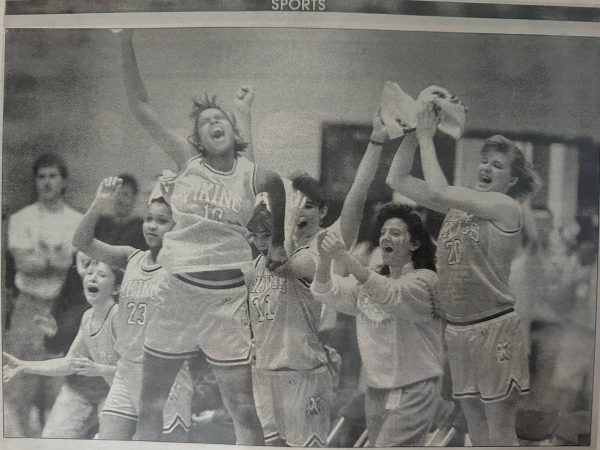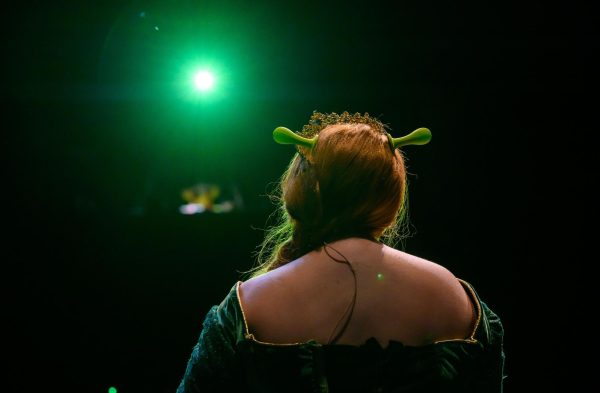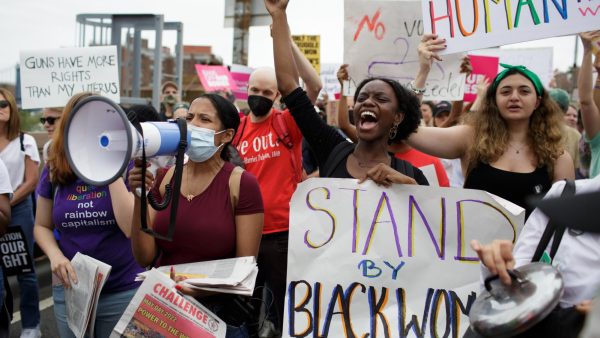Instagram’s fact checker says this is false: Let’s see why
Fake news is a problem that gets a lot of headlines today, but fake news dates back to when the printing press was still new. An English pamphlet from 1611 tells of a Dutch woman who lived for 14 years without eating or drinking. Who cares if its not true? Printers had the same argument internet “news” companies do today, that they were merely providing a means of distribution and are not responsible for ensuring accuracy.
Fake news always finds a way to spread, whether it’s through the paper or on an online website. But more recently, there’s been a problem with fake news spreading on social media. Twitter, Facebook and Instagram are all social media platforms littered with fake news. All it takes is one share or post of a fake article for it to start spreading.
Today, companies are devoted to stop this ongoing fake news problem. Snopes, Africa Check, The International Fact-Checking Network, Full Fact and many more are either partially or made for fact checking alone.
On December 16, 2019, Instagram put out a message titled, “Combatting misinformation.”
“We want you to trust what you see on Instagram. Photo and video based misinformation is increasingly a challenge across our industry, and something our teams have been focused on addressing. In May of this year, we began working with third-party fact-checkers in the US to help identify, review, and label false information. These partners independently assess false information to help us catch it and reduce its distribution. Today, we’re expanding our fact-checking program globally to allow fact-checking organizations around the world to assess and rate misinformation on our platform.” Instagram posted on their website.
This is one solution. Instagram is now working with 45 different fact checking companies to help stop the spreading of fake news on their platform. They now put a warning before viewers see a flagged post. They also use image matching technology to find additional copies of false content and apply the same label.
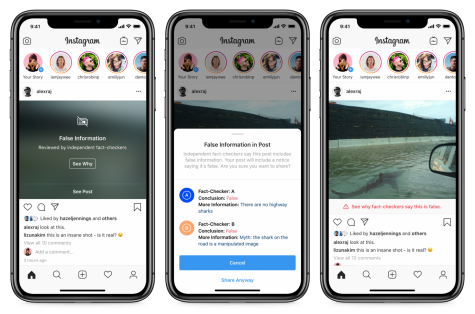
If this seems too good to be true, it probably is. Let’s be real. There is no way all these fact checking companies can check every 100+ million photos and videos that are shared on Instagram daily. But the real problem comes with how one group that’s exempt from the fact checking. This group is politicians, probably the biggest category where fake news is spread. Not only that but the fake news about politics can and will corrupt some peoples viewpoints and give them that false sense of reality. Politicians’ original content on Instagram, including ads, will not be sent for fact checks, even if they’re completely inaccurate.
“Banning political ads could hurt challenger candidates in need of promotion, and it would be tough to draw the lines between political and issue ads,” said Instagram CEO Adam Mosseri on a tweet.
This information was not in Instagram’s notice that they sent out about implementing their new fact checker. This is very misleading and makes users question the integrity of the new fact checker. Why does the fact checker apply to everyone except an area where it truly matters? This means that politicians can still get their campaign traction without it being truthful.
“We want you to trust what you see on Instagram,” the company said in a blog post announcing the changes.

With all new innovations, there are always those ruin them. As soon as the fact checker was implemented, people started uploading obviously fake and comedic posts with misinformation to “troll” the fact checker.
People started uploading outrageous pictures, like on saying that the government is tracking us using a RFID chip and you had to do something crazy to remove it such as drilling into a certain part of your phone, or snipping the valve stem off your car.


Another popular image used to troll the fact checker was microwaving a tin foil ball to make it smooth. It seems like it would be common sense not to microwave anything metal like tin foil. But the fact checker had to do its job and flag the image because it is false and could possibly cause a house fire.

“These posts on Instagram can be very misleading. Luckily, I did not fall victim to one,” said Austin Rohn.
Another way people have been trolling the fact checker is by taking advantage of their image matching technology. People crop out the text in the photo and put their own own over it so the post automatically gets fact checked. This happened with an image of a shark jumping
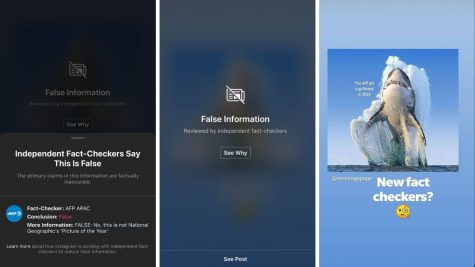
The post said that the image of the shark jumping was the National Geographic Photo of the Year which was fact checked, but it wasn’t true. People then took advantage of the image matching technology to crop the image and put their own text on this picture of the shark and got the image fact checked and flagged so it looks like the text they wrote is wrong.
Overall, the Instagram fact checker just doesn’t seem completely finished and will hopefully receive updates to make it better. It is important for Instagram for this to stay because it works and definitely has the potential to become even better and more reliable and cover more information. For fact checks on political campaigns and information, you can still always go to the fact checkers actual website. Maybe sometime in the near future, social media websites will start to fact check political ads so people are not receiving false information about others.
Your donation will support the student journalists of Linganore High School. Your contribution will allow us to purchase camera/recording equipment and software. We hope to raise enough money to re-start a monthly printed issue of our paper.


